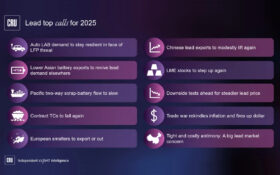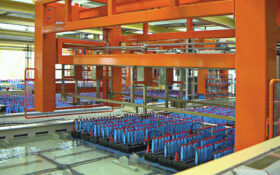The lead-acid business in India is set to soar over the next few years and demand from stationary and motive applications (SMA) will more than double in value, according to a new report.
The India Energy Storage Alliance (IESA) said the value of the country’s lead-acid batteries market is currently worth around Rs27,000 crore ($4.2 billion)— of which the SMA market share accounts for Rs12,650 crore ($1.98bn).
However, the IESA said the SMA share is forecast to be worth an estimated Rs25,000 crore ($4bn) by 2020 under the IESA’s ‘current market scenario’.
The forecast is made in the IESA’s ‘Lead Acid Battery Market Landscape Report’, which said inverter and UPS applications are expected to drive the growth of the SMA segment, representing 60% of business within the next three years.
In an article posted on the IESA’s web site, executive director Dr Rahul Walawalkar said India’s battery business still needs major investment. He said: “Most of the batteries currently consumed in India come from China, South Korea, the US, Japan and Europe. In the consumer electronics space, importing and assembling has been feasible so far for India and if tax benefits are provided by the government, indigenous manufacturing can pick up.”
Walawalkar estimated that for India to have a 1GW manufacturing capacity for battery cells, the country would require a $300m investment. Industry could then potentially attract further investments to raise capacity to 10GW, he said.
Meanwhile, Walawalkar said India was suffering from a “supply-demand gap” in the growing energy storage market, with the homes of around 240 million citizens still having no grid connection.
However, Walawalkar said the country’s grid could be “transformed” by energy storage and micro grids “in the five to 10 years”.
“With growing opportunities globally, we are confident that India will not only be one of the largest markets for advanced storage technologies, but it can become a global hub for manufacturing with significant export potential to Southeast Asia and the Middle East, Africa and Asia region,” Walawalkar said.












